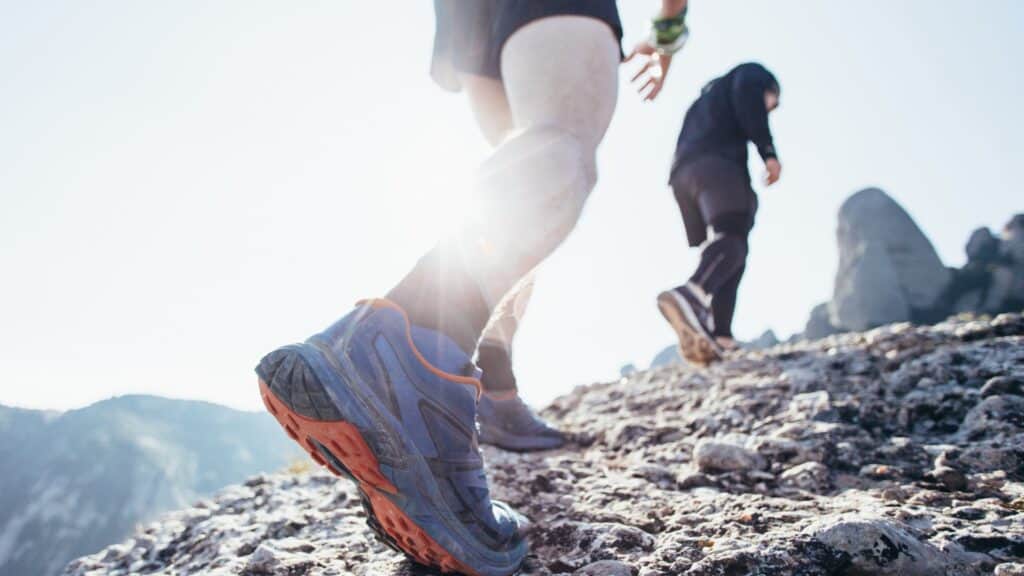Altitude training remains a topic of intrigue for many runners, particularly with its prevalence among elite athletes.
Responses to altitude training vary among individuals, necessitating personalized training programs. Factors such as altitude exposure, training intensity, frequency, and duration influence training adaptations.
In this discussion, we explore the nuances of altitude training and its potential benefits for runners.

Deciphering Altitude Training
Altitude training revolves around the concept of exposing the body to reduced oxygen levels to induce physiological adaptations.
The theory posits that training at altitude stimulates the body to become more efficient in oxygen utilization, leading to enhanced performance at sea level.
The Science Behind Altitude Training
At higher altitudes, the air contains lower oxygen concentrations, challenging the body’s oxygen delivery system.
Red blood cells, laden with haemoglobin, play a crucial role in oxygen transport to muscles and vital organs. Altitude training prompts the body to adapt, resulting in improved oxygen utilization efficiency.

Personalized Approach to Altitude Training
Responses to altitude training vary among individuals, necessitating personalized training programs. Factors such as altitude exposure, training intensity, frequency, and duration influence training adaptations.
Understanding one’s unique response to altitude is paramount for maximizing training benefits.
Find out which Training plan you should be following
Optimal Altitude for Training
Determining the ideal altitude for training depends on individual factors and training objectives. While elite runners may benefit from training at higher altitudes (above 2500-3000m), recreational runners can still experience benefits at moderate elevations.
The “live high, train low” approach, involving residence at altitude and training at lower elevations, is a popular strategy for maximizing benefits.

Practical Considerations for Altitude Training
Successful altitude training requires meticulous planning to balance altitude exposure, training intensity, and recovery.
Monitoring training responses and adjusting protocols accordingly is essential. Altitude training facilities, such as altitude chambers and masks, offer convenient alternatives for replicating altitude conditions.
Altitude training holds promise for runners seeking performance enhancements and physiological adaptations.
By delving into the science of altitude training and adopting personalized approaches, runners can unlock their full potential and achieve remarkable results on the track or trail.



Comments are closed.